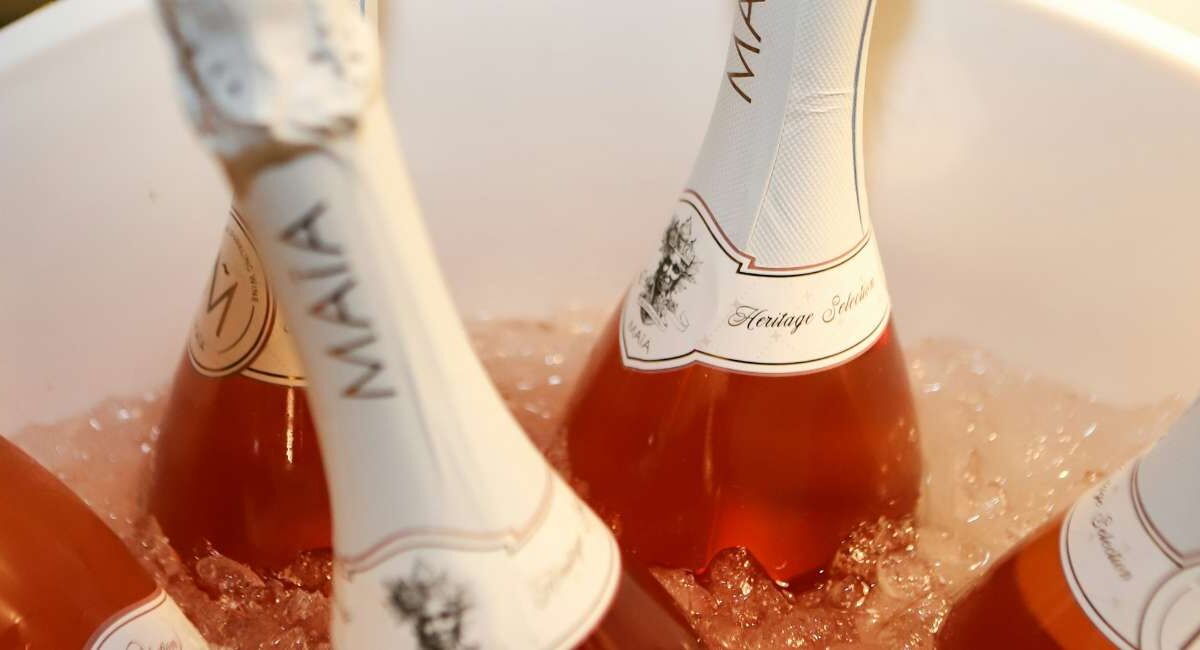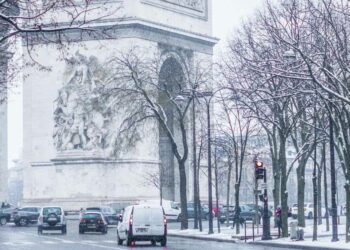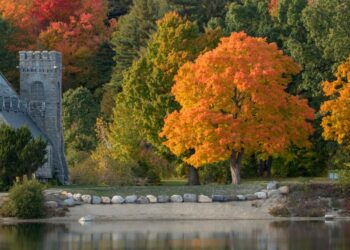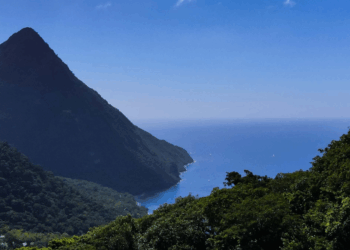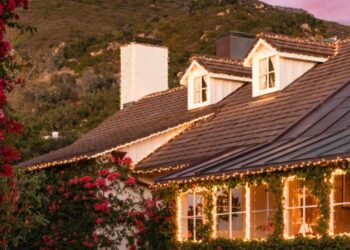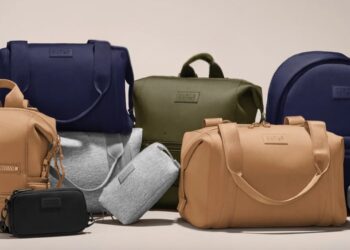Rule one for incognito public drinking: don’t order a bottle of Champagne. That’s because no matter how quietly you release the cork, you can’t hide the joyful sense of celebration that always seems to accompany even a sip of bubbly.
It wasn’t always this way. Long before King Louis XIV acquired a taste for the naturally carbonated wine produced in Champagne, vignerons did everything they could do to keep that pesky effervescence out of their vins. But once the Sun King made Champagne his drink of choice, his friends soon followed the royal lead and, before long, these early influencers had transformed Champagne’s fizzy wines into a celebration in a bottle.
Although seven grape varieties can be grown in the Champagne region, three — Chardonnay, Pinot Noir, and Pinot Meunier — are the most widely used to produce Champagne. Some, like a blanc de blanc, which is made from the Chardonnay grape, are made from a single variety, but most are a blend of two or three, which allows winemakers to fiddle with percentages to create wines with an incredible range of flavors that can take on everything from oysters to — and this is no joke — lowly potato chips.
Today though, there are lots and lots of sparkling wines — at all price points — on the market, but there is only one Champagne, and it remains a drink for all of us who want to feel like royalty, if just for a moment. Here are six to get your party started in style.
Champagne Josselin Audace Rosé Extra Brut NV

In the Champagne world, extra brut means that less than 4 grams of dosage, or sugar, was added to the bottle, resulting in fresh wines that are lean and steely. Unlike most rosé Champagnes, which get their color from a dash of still red wine, this Pinot Noir sparkler’s ruby hue comes courtesy an extra-long maceration with the Pinot’s red skins, which also adds texture and richness. Try it with a fruit-based dessert. SRP ~$100.
Champagne Jeeper Grand Rosé NV
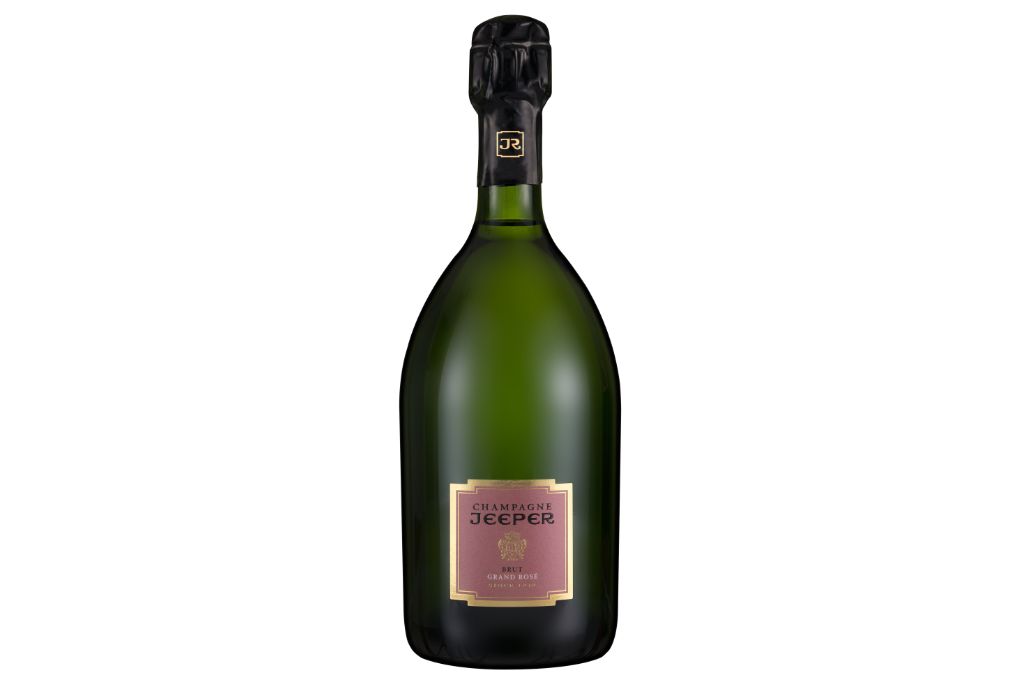
Don’t let the name of this brilliantly blushing brut rosé dissuade you from giving it a try: it opens with bright but creamy berries that dissolve into deep, dark cherry cut through with ginger, cardamom, and other warm spices. The winery has a great story as well. Captured by the Gestapo for his work with the French Resistance during World War II, Armand Goutorb, the son of the original owner, returned to the family business unable to walk without pain. To thank Armand for his service, departing U.S. soldiers left the family a Jeep, which he was able to use to inspect the vineyards. As a tribute, Armand — who had become known as Monsieur Jeeper — changed the name of the winery to Jeeper. SRP $93.
JCB Gala Platinum Grand Cru Champagne, 2014
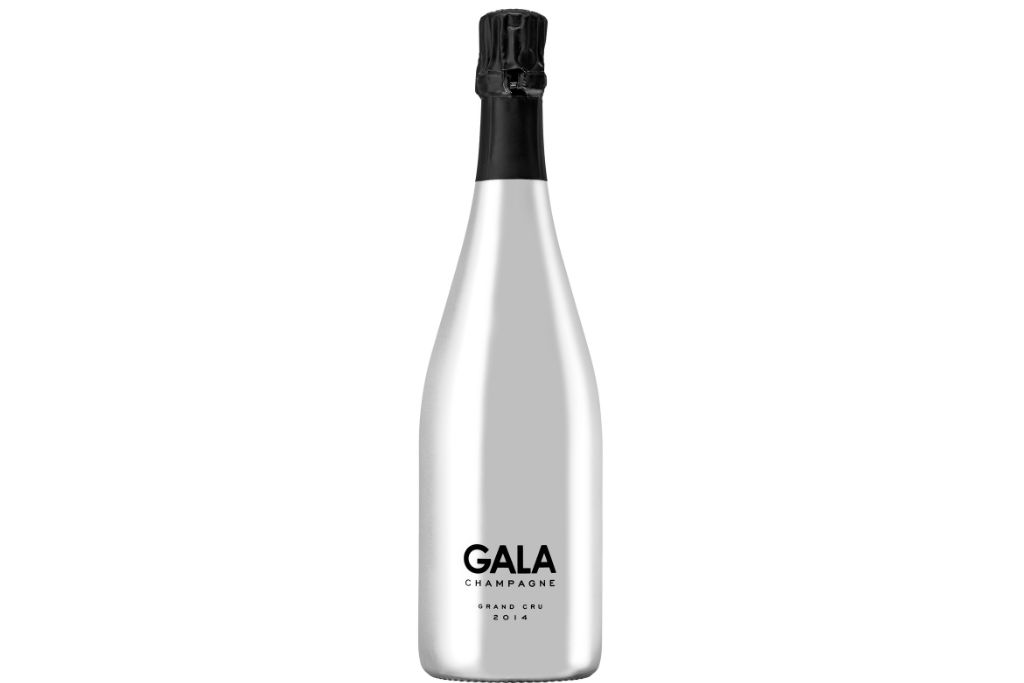
As if Champagne isn’t confusing enough — all Champagne is sparkling wine but all sparkling wine is definitely not Champagne — here’s another curveball. While the best wines of Bordeaux are classified as Premier Cru, in Burgundy, where Champagne is located, it’s Grand Cru that wears the crown. Take JCB’s 2014 Blanc de Blanc. Though roundly and richly mature, this golden Grand Cru still displays the freshness of youth — you’ll taste layers of white peach, citrus zest, apricot, and even green apple in every sip. A wine this complex isn’t an accident: JCB owner Jean-Charles Boisset was born in Burgundy; his parents founded their own winery in 1961. SRP $150.
Champagne Vilmart & Cie Grand Cellier 1er Cru Brut NV
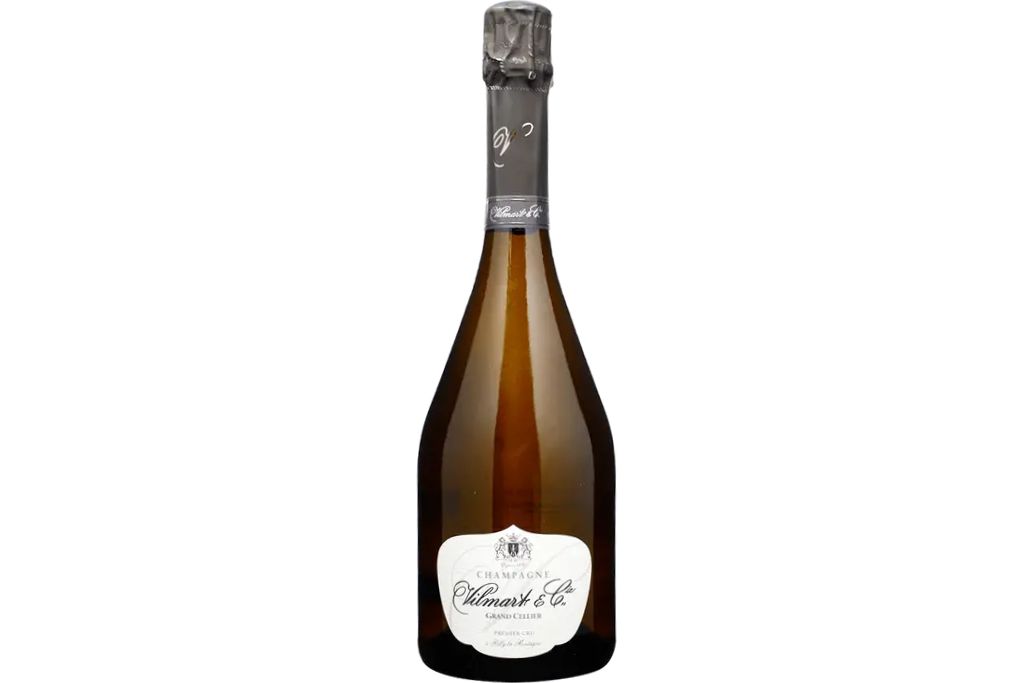
When I want Champagne that dances in my mouth, I look for a bright, elegant Blanc de Blanc, which is made from Chardonnay. But when I’m looking for something more intriguing, I’ll open something like Vilmart & Cie’s Grand Cellier. It has the lovely structure and soft fruit that I associate with Pinot Noir, but with the lift and freshness that Chardonnay brings to the glass. Vilmart & Cie was founded in 1890 by Désiré Vilmart; today, it’s run by the aptly named (and fifth-generation Vilmart) Laurent Champ. The house is a récoltant-manipulant — in other words Champ makes wine with grapes from the family estate. SRP $92.
Champagne Geoffroy Rosé de Saignée 1er Cru Brut NV
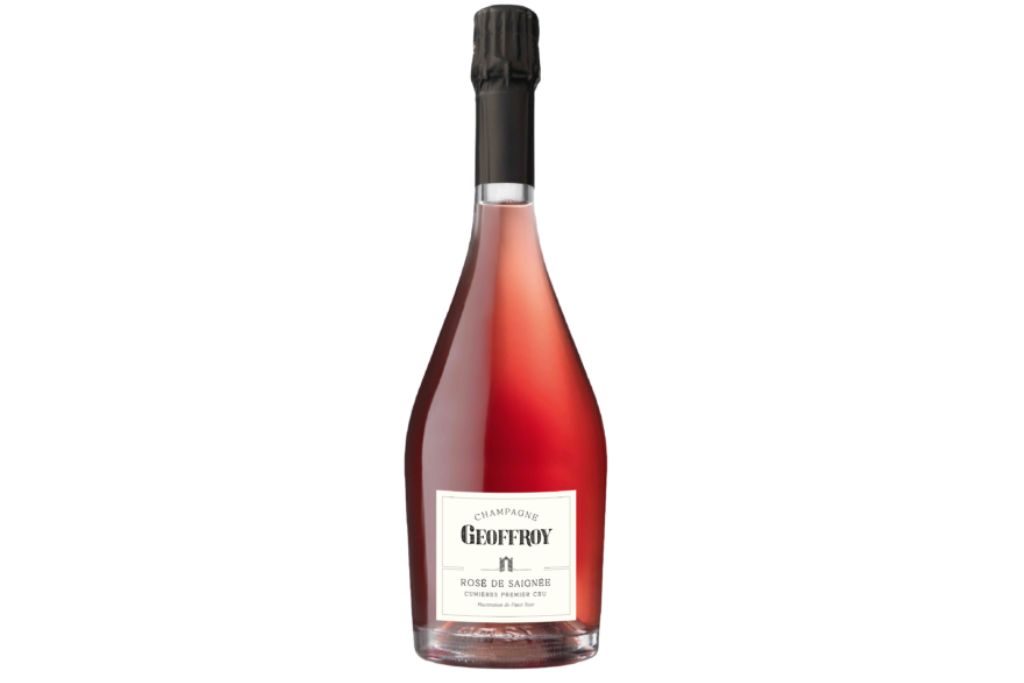
To make rosé Champagne, most winemakers add still red wine to the pale bubbly. But some vignerons prefer the saignée method, or contact with the red grape skins, which allows them to craft a wine as boldly colored — and flavored — as they want. Fifth-generation winemaker Jean-Baptiste Geoffroy went bold, creating a wine with a near-fuchsia hue and intense flavors of young red fruit, blackberry, and rosé. Drink it on its own, but don’t put it away when it’s time to serve dinner: this wine is a fabulous foil to real food like lobster, crawfish, salmon, and duck breast. SRP $80.
Legras & Haas Rosé NV
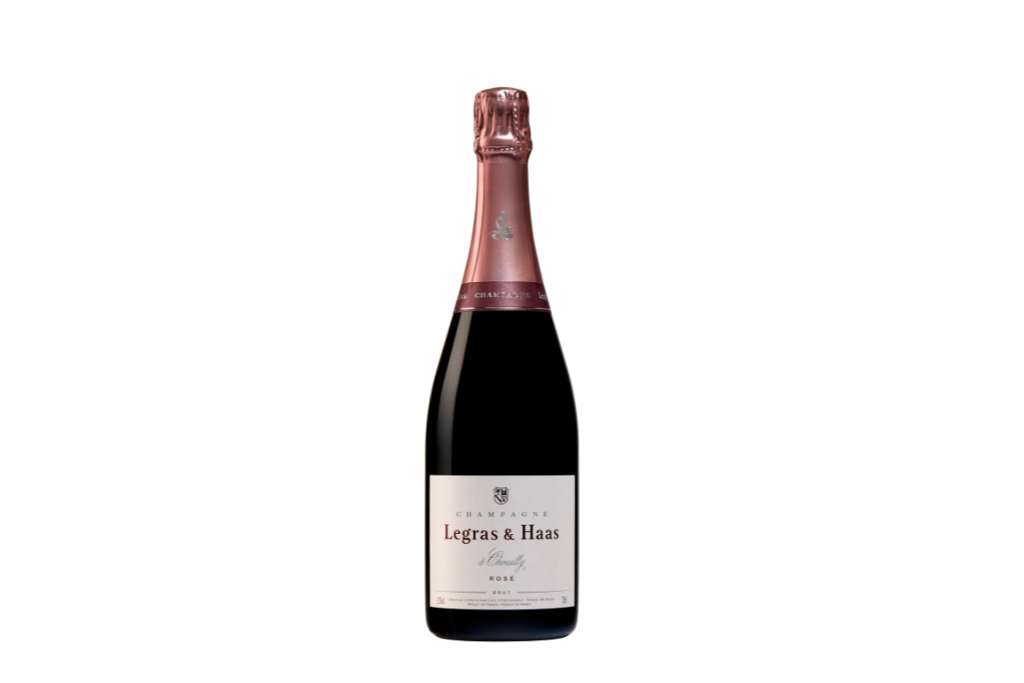
Belying its pale-pink color, this grower Champagne is packed with the flavors of strawberries, dried cherries, currants, and other red fruits; layers of ginger, dried apricot, and biscuit offer structure and keep it anchored and interesting. The pinprick bubbles are yet another reminder that there’s nothing quite like real Champagne; in the glass, they create a delicate mousse. Owner François Legras was born into a family with four centuries of grape-growing experience; he established Legras & Haas in 1991 after marrying Brigitte Legras, née Haas. Today, the company is run by their three sons, Olivier, Rémi, and Jérôme. SRP $63.
Cover image, courtesy of Maia Wine, Unsplash

